Chinese New Year
February 5, 2019
Chinese Year 4717

February 5, 2019
Chinese Year 4717


Gong Hey Fat Choy !!
!!! 恭喜发财 !!!
Gong Xi Fa Cai !!



(小年—xiǎo nián)
Jan 28th–Feb 4th
January 28th: Preparations for the new year begin on January 28th, 2019, and last until New Years Eve.
Activities & traditions
This is another day of memorial and prayer ceremonies. Main activities include house cleaning to sweep away bad luck (扫年—sǎo nián) and pray to the stove god (祭灶—jì zào).
Food
Sugar melons (糖瓜—táng guā), also known as stove candy (灶糖—Zào táng), are made of malt and can only be found on this day. Other food include baked wheat cakes (火烧 – huǒ shāo) and tofu soup (豆腐汤—dòufu tang).
Spring Festival (春节—chūn jié)
Feb 5th–15th
Chinese New Year officially begins on February 5th, 2019, and ends on February 19th.
The
original name for this day was Yuán Dàn (元旦), with Yuan meaning “the
beginning.” However, Yuan Dan is now used to refer to the New Year of
the solar calendar.
January 1st (正月初一—zhēng yuè chū yī)
Activities & traditions
Firecrackers
start off a day of greetings and blessings between neighbors. There are
no specific activities other than celebrating the New Year. The ancient
Chinese record and analyze the weather, stars and moon to predict the
fortunes of the year. The practice is known as zhàn suì (占岁).
Food
In addition to food from last night, people can also celebrate with Tu Su wine (屠苏酒—tú sū jiǔ).
Superstitions & beliefs
It is forbidden to sweep or clean on this day, else good fortune will be swept away.

February 4th: New Year’s Eve (除夕—chúxì)
Depending on the moon cycle, New Year’s Eve either lands on the 29th or 30th of the lunar December. Regardless, this day is also known as the 30th of the year (大年三十—dà nián sān shí).
Activities & traditions
The reunion dinner, the most important meal of the year, takes place on this day. After dinner, the children will receive red envelopes. The family will then stay up late and wait for the New Year (守岁—shǒu suì).
Food
A feast of everyone’s favorites and specialties.
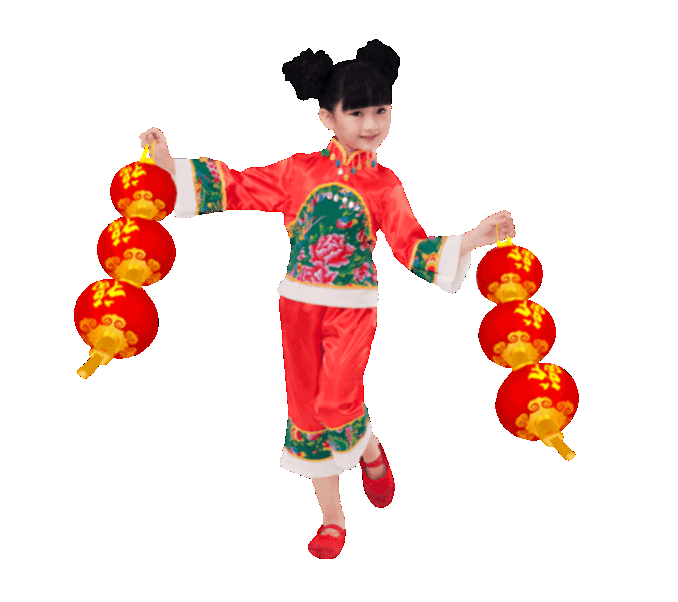
Lantern Festival (元宵节—yuán xiāo jié) Feb 16th–19th
Preparations begin the 16th, and the Lantern Festival is held on February 19th.
Preparations begin the 16th, and the Lantern Festival is held on February 19th.
The Chinese New Year holiday comes to its climax with the Yuan Xiao (元宵节—yuán xiāo jié), or Lantern Festival.
2019: February 19th
Began over 2000 years ago, the festival has developed many meanings. It celebrates family reunions and society. It features ancient spiritual traditions. Some also call this the “true” Chinese Valentine’s Day.
The many activities include moon gazing, lighting lanterns, riddles, lion dances and eating rice balls. According to the lunar calendar, the festival takes place on January 15. Dates of past and future Lantern Festivals using the Gregorian calendar include:
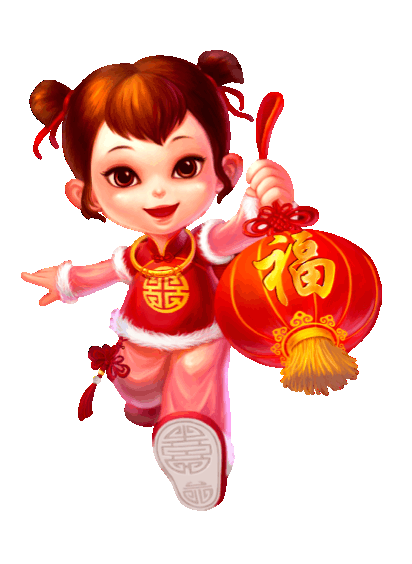 Cultural Significance of the Lantern Festival
Cultural Significance of the Lantern Festival
The Spring Festival is a time reserved for families. There is the reunion dinner on New Year’s Eve, visits (拜年—bài nián) to in-laws on the 2nd day and neighbors after that. Stores reopen on the 5th and society basically goes back to normal.
But on the 15th, everyone—regardless of age or gender—go out onto the streets to celebrate. Though the Lantern Festival symbolizes reunions (more on that later), it’s also a time of socializing and freedom.
In Ancient China, women usually weren’t allowed out the house. But on this night, they can stroll freely, lighting lanterns, playing games and interacting with men. The wild and romantic stories are why some say the Lantern Festival is the true Chinese Valentine’s Day, rather than Qixi (七夕).
On a more serious side, the Lantern Festival also has religious aspects. It was important in ancient Chinese paganism, and also modern day Buddhism and ethnic minority cultures.

Origins and Histories
The general consensus is that the festival began more than 2000 years ago in the Western Han dynasty.
Emperor Wu (汉武帝—hàn wǔ dì) designated this day for worship rituals for Taiyi (太一神—tài yī shén), one of the universe’s sovereigns.
Intense power play and unrest came after his reign. The new emperor was Emperor Wen (汉文帝—hàn wén dì). To celebrate the return of peace, he made the 15th a national holiday. Every household would light candles and lanterns. It became known as 闹元宵(nào yuán xiāo). “Nao” can be interpreted as having fun, or going wild with excitement.
Emperor Ming of the later Eastern Han was a devout Buddhist. He heard that on the 15th, monks would light candles for the Buddha. He ordered the palace and temples to light candles, and for the citizens to hang lanterns.
Both events combined and eventually developed into the Lantern Festival we know today.
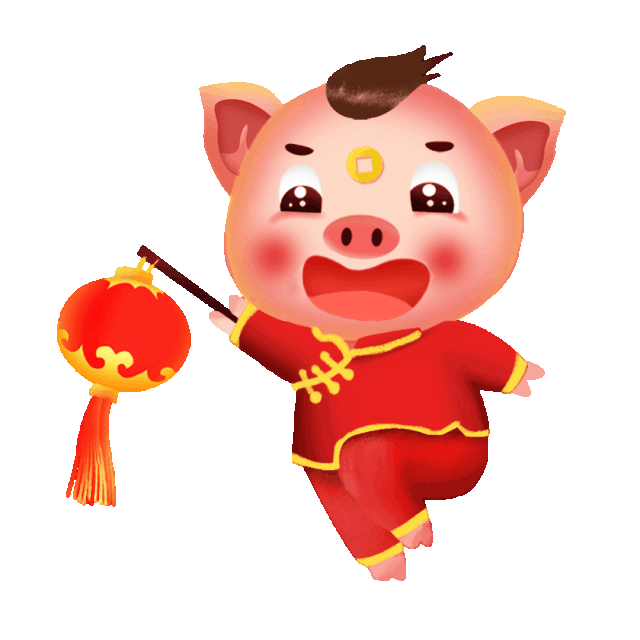
Lantern Festival Celebration
The duration of celebrations varied throughout history. Nowadays, the festival technically isn’t a national holiday, so there aren’t any days off. The best period for Lantern Festival lovers would be the Ming dynasty. It lasted around 1 month!
There are some holidays that coincide with the Lantern Festival and are now celebrated together.
Torch Festival (火把节—huǒ bǎ jié)
The Torch Festival began in ancient times to chase away insects and pests and pray for a good harvest.
Children gather firewood and tree branches. Adults then light them. Holding these torches, entire communities dance in fields from dusk to dawn. Even now, it is still celebrated in some parts of Southwestern China.
Vegetable Stealing Festival (偷菜节—tōu cài jié)
This is celebrated by the Miao ethnicity in China. On that day, groups of girls steal Chinese cabbage from someone’s fields. Being caught is totally fine, but it’s forbidden to steal from relatives or friends.
Later, everyone puts the stolen Chinese cabbage together to make a feast. The one who eats the most will be the one to marry first.
Lighting the Lanterns
Lanterns are the most notable part of the festival. Which you can probably tell by the name.
In the early days, the Lantern Festival was also called Shang Yuan (上元). It was dedicated to the heavenly palace (天宫—tiān gōng). People would gather in their yards and give offerings to the gods. The lit lantern near the setup represented a god’s seat.
Throughout history, countless variations of lanterns have been created. They can be small globes that fit in your palm, or as large as a parade float. People make lanterns in symbolic designs as well.
A famous variation is the Kongming lantern (孔明灯—kǒng míng dēng). They represent hope, success and happiness. In the past, people used these lanterns to signify they were safe after an attack.Now, they are used for wishes.
Also known as the sky lantern (天灯—tiān dēng), it sounds similar to 添丁 (tiān ding), which means “adding children”. Lanterns would be gifted to newlyweds or couples without children to pass on the blessings. Pregnant women would receive a pair of small lanterns to wish health and safety on both mother and child.
Some regions also burn lanterns to determine the gender of their future child from the shape of the ashes.
Lantern riddles (猜灯谜—cāi dēng mí)
The ancient Chinese would often get together with some friends, drink wine and write poetry. Plays on words and riddles were a favorite pastime.
During this festival, people would write riddles on the lanterns. These small games are popular with everyone. They require you to be clever and think outside the box.
According to many love stories, you can catch the attention of your crush through this game!
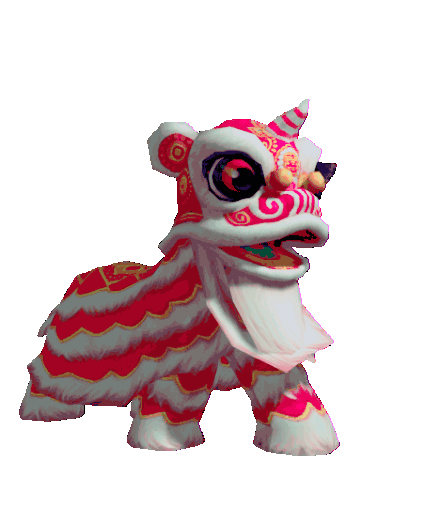
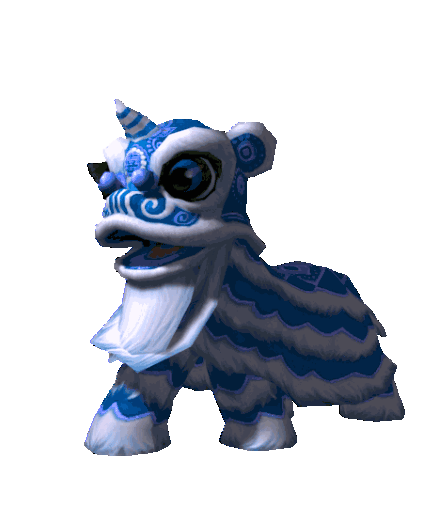 Dragon dance (耍龙灯—shuǎ lóng dēng)
Dragon dance (耍龙灯—shuǎ lóng dēng)
Dragon dance has a history almost as long as Chinese culture itself.
The performers create impressive formations to the beat of Chinese drums and cymbals.
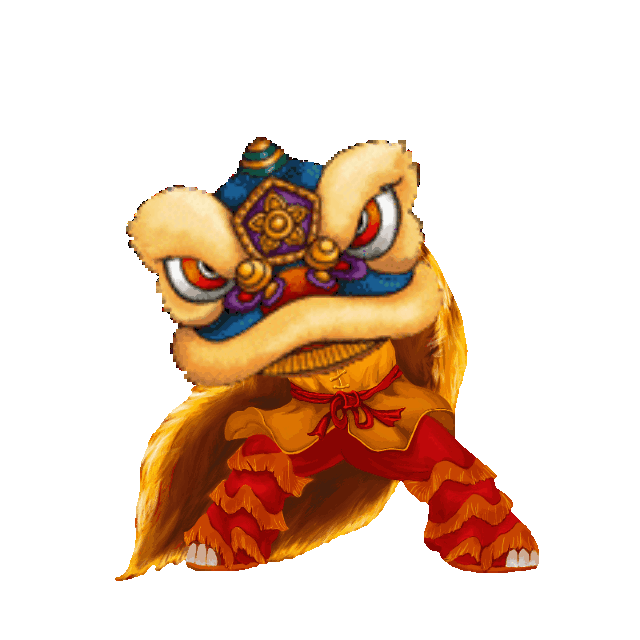
Lion dance (舞狮子—wǔ shī zǐ)
Lion dances can be seen in any festive event, from holidays to weddings and store openings.
The lion is intricately designed, with movable eyes and mouths. Sometimes, the lion will open its mouth and demand food and red pockets. Other times, they roll around and play like oversized kittens.

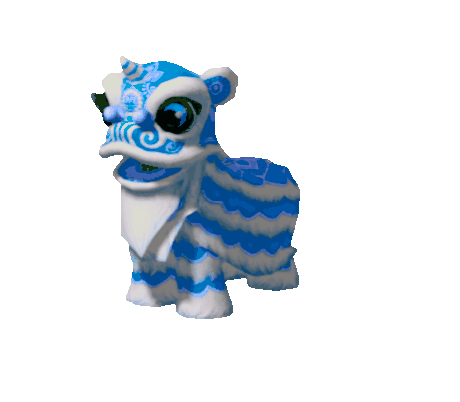 Stilts (踩高跷—cǎi gāo qiāo)
Stilts (踩高跷—cǎi gāo qiāo)
Chinese stilt performances are an ancient act. They stem from Chinese opera and the performers sing and dance while on stilts. Depending on their character, they have difference costumes and heights.
 Food and Family
Food and Family
The trademark food of the Lantern Festival is called yuan xiao, just like the festival itself. It’s also known as tāng yuan (汤圆) in the South, and one of the many tasty Chinese New Year desserts.
They are glutinous rice dumplings with sweet fillings made of syrup, red bean paste, black sesame paste or more. They can be steamed or fried, but usually boiled and served in hot water.
They represent family reunions because tang yuan sounds similar to “reunion” (团圆—tuán yuan). Some businessmen also call these balls 元宝 (yuán bǎo), meaning gold or silver ingots.
Despite being a night of revelry, the Lantern Festival is also a night for families. Before Chinese New Year finally ends, the family should reunite again. Take a break from the celebrations and relax with your family. Reconnect under the moon. Enjoy firework shows and performances while eating a bowl of yuan xiao.

Chinese New Year
https://chinesenewyear.net/lantern-festival
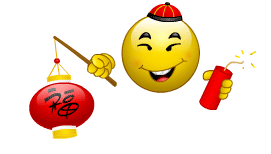

2019: February 19th
Began over 2000 years ago, the festival has developed many meanings. It celebrates family reunions and society. It features ancient spiritual traditions. Some also call this the “true” Chinese Valentine’s Day.
The many activities include moon gazing, lighting lanterns, riddles, lion dances and eating rice balls. According to the lunar calendar, the festival takes place on January 15. Dates of past and future Lantern Festivals using the Gregorian calendar include:

The Spring Festival is a time reserved for families. There is the reunion dinner on New Year’s Eve, visits (拜年—bài nián) to in-laws on the 2nd day and neighbors after that. Stores reopen on the 5th and society basically goes back to normal.
But on the 15th, everyone—regardless of age or gender—go out onto the streets to celebrate. Though the Lantern Festival symbolizes reunions (more on that later), it’s also a time of socializing and freedom.
In Ancient China, women usually weren’t allowed out the house. But on this night, they can stroll freely, lighting lanterns, playing games and interacting with men. The wild and romantic stories are why some say the Lantern Festival is the true Chinese Valentine’s Day, rather than Qixi (七夕).
On a more serious side, the Lantern Festival also has religious aspects. It was important in ancient Chinese paganism, and also modern day Buddhism and ethnic minority cultures.

Origins and Histories
The general consensus is that the festival began more than 2000 years ago in the Western Han dynasty.
Emperor Wu (汉武帝—hàn wǔ dì) designated this day for worship rituals for Taiyi (太一神—tài yī shén), one of the universe’s sovereigns.
Intense power play and unrest came after his reign. The new emperor was Emperor Wen (汉文帝—hàn wén dì). To celebrate the return of peace, he made the 15th a national holiday. Every household would light candles and lanterns. It became known as 闹元宵(nào yuán xiāo). “Nao” can be interpreted as having fun, or going wild with excitement.
Emperor Ming of the later Eastern Han was a devout Buddhist. He heard that on the 15th, monks would light candles for the Buddha. He ordered the palace and temples to light candles, and for the citizens to hang lanterns.
Both events combined and eventually developed into the Lantern Festival we know today.

Lantern Festival Celebration
The duration of celebrations varied throughout history. Nowadays, the festival technically isn’t a national holiday, so there aren’t any days off. The best period for Lantern Festival lovers would be the Ming dynasty. It lasted around 1 month!
There are some holidays that coincide with the Lantern Festival and are now celebrated together.
Torch Festival (火把节—huǒ bǎ jié)
The Torch Festival began in ancient times to chase away insects and pests and pray for a good harvest.
Children gather firewood and tree branches. Adults then light them. Holding these torches, entire communities dance in fields from dusk to dawn. Even now, it is still celebrated in some parts of Southwestern China.
Vegetable Stealing Festival (偷菜节—tōu cài jié)
This is celebrated by the Miao ethnicity in China. On that day, groups of girls steal Chinese cabbage from someone’s fields. Being caught is totally fine, but it’s forbidden to steal from relatives or friends.
Later, everyone puts the stolen Chinese cabbage together to make a feast. The one who eats the most will be the one to marry first.
Lighting the Lanterns
Lanterns are the most notable part of the festival. Which you can probably tell by the name.
In the early days, the Lantern Festival was also called Shang Yuan (上元). It was dedicated to the heavenly palace (天宫—tiān gōng). People would gather in their yards and give offerings to the gods. The lit lantern near the setup represented a god’s seat.
Throughout history, countless variations of lanterns have been created. They can be small globes that fit in your palm, or as large as a parade float. People make lanterns in symbolic designs as well.
A famous variation is the Kongming lantern (孔明灯—kǒng míng dēng). They represent hope, success and happiness. In the past, people used these lanterns to signify they were safe after an attack.Now, they are used for wishes.
Also known as the sky lantern (天灯—tiān dēng), it sounds similar to 添丁 (tiān ding), which means “adding children”. Lanterns would be gifted to newlyweds or couples without children to pass on the blessings. Pregnant women would receive a pair of small lanterns to wish health and safety on both mother and child.
Some regions also burn lanterns to determine the gender of their future child from the shape of the ashes.
Lantern riddles (猜灯谜—cāi dēng mí)
The ancient Chinese would often get together with some friends, drink wine and write poetry. Plays on words and riddles were a favorite pastime.
During this festival, people would write riddles on the lanterns. These small games are popular with everyone. They require you to be clever and think outside the box.
According to many love stories, you can catch the attention of your crush through this game!


Dragon dance has a history almost as long as Chinese culture itself.
The performers create impressive formations to the beat of Chinese drums and cymbals.

Lion dance (舞狮子—wǔ shī zǐ)
Lion dances can be seen in any festive event, from holidays to weddings and store openings.
The lion is intricately designed, with movable eyes and mouths. Sometimes, the lion will open its mouth and demand food and red pockets. Other times, they roll around and play like oversized kittens.


Chinese stilt performances are an ancient act. They stem from Chinese opera and the performers sing and dance while on stilts. Depending on their character, they have difference costumes and heights.

The trademark food of the Lantern Festival is called yuan xiao, just like the festival itself. It’s also known as tāng yuan (汤圆) in the South, and one of the many tasty Chinese New Year desserts.
They are glutinous rice dumplings with sweet fillings made of syrup, red bean paste, black sesame paste or more. They can be steamed or fried, but usually boiled and served in hot water.
They represent family reunions because tang yuan sounds similar to “reunion” (团圆—tuán yuan). Some businessmen also call these balls 元宝 (yuán bǎo), meaning gold or silver ingots.
Despite being a night of revelry, the Lantern Festival is also a night for families. Before Chinese New Year finally ends, the family should reunite again. Take a break from the celebrations and relax with your family. Reconnect under the moon. Enjoy firework shows and performances while eating a bowl of yuan xiao.

Chinese New Year
https://chinesenewyear.net/lantern-festival




No comments:
Post a Comment